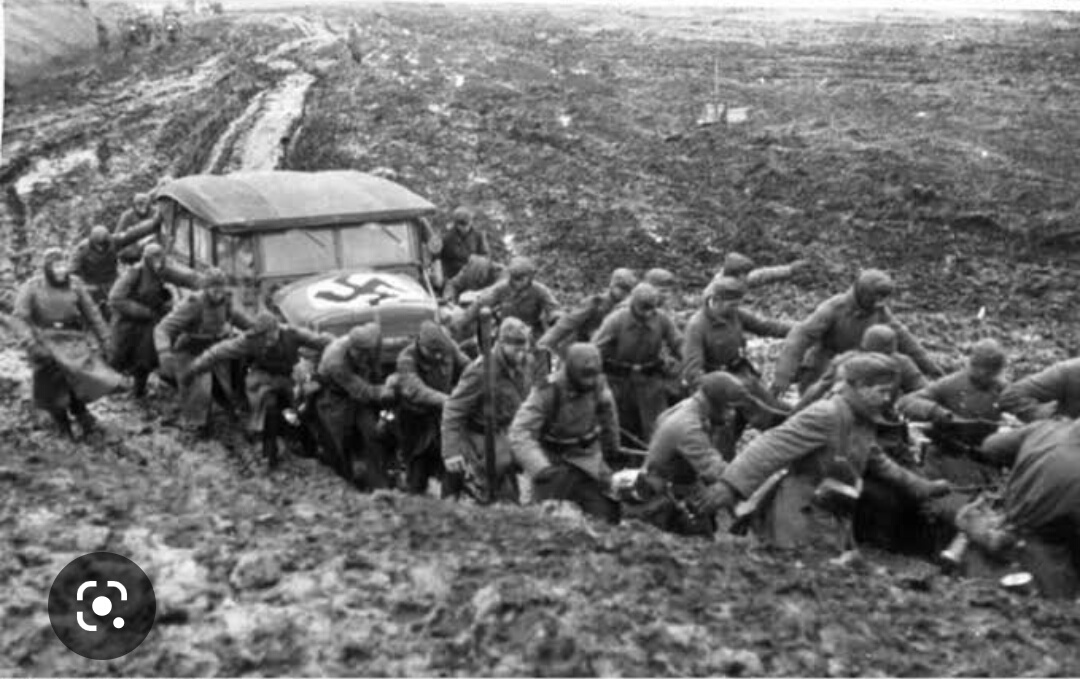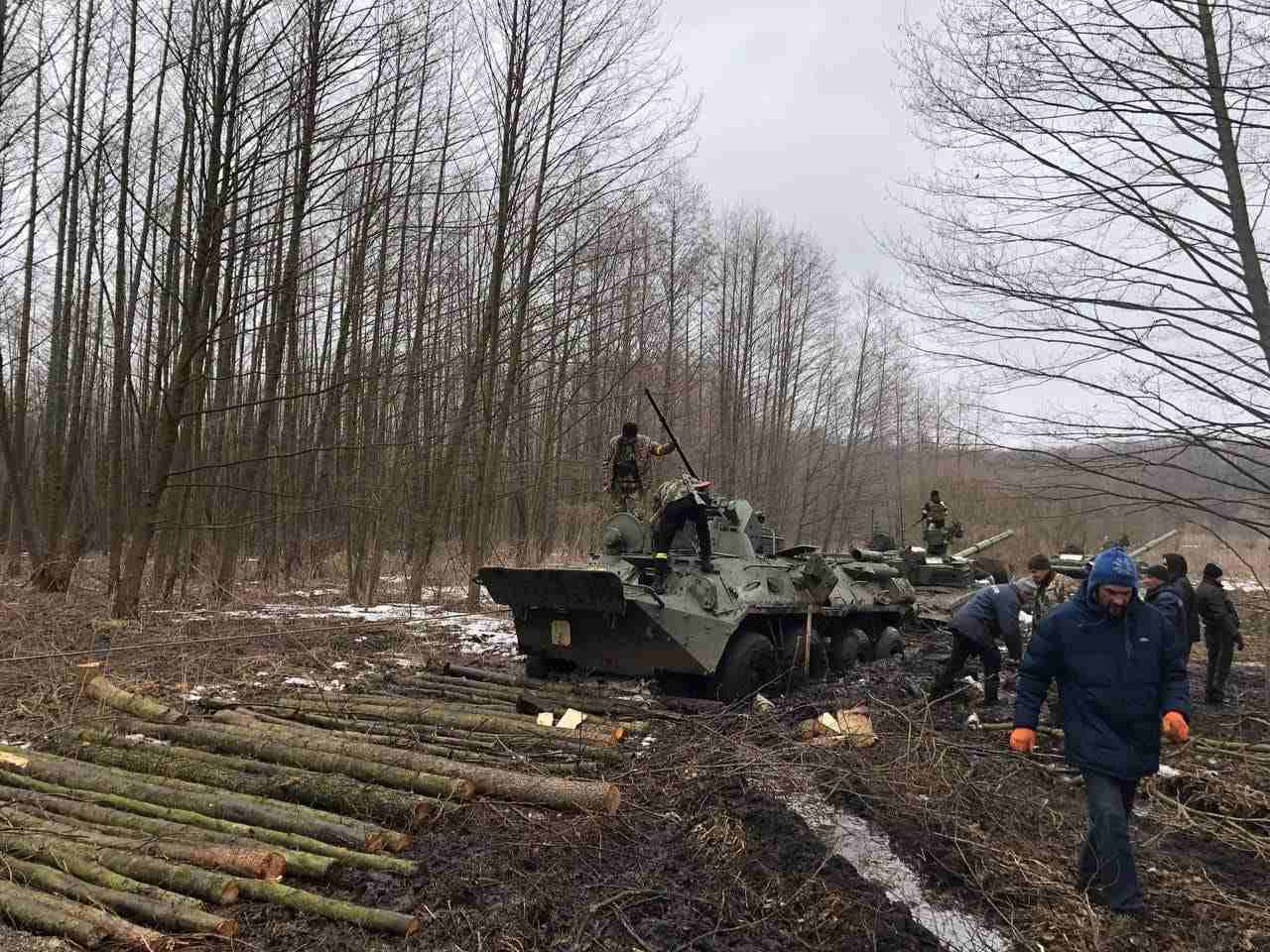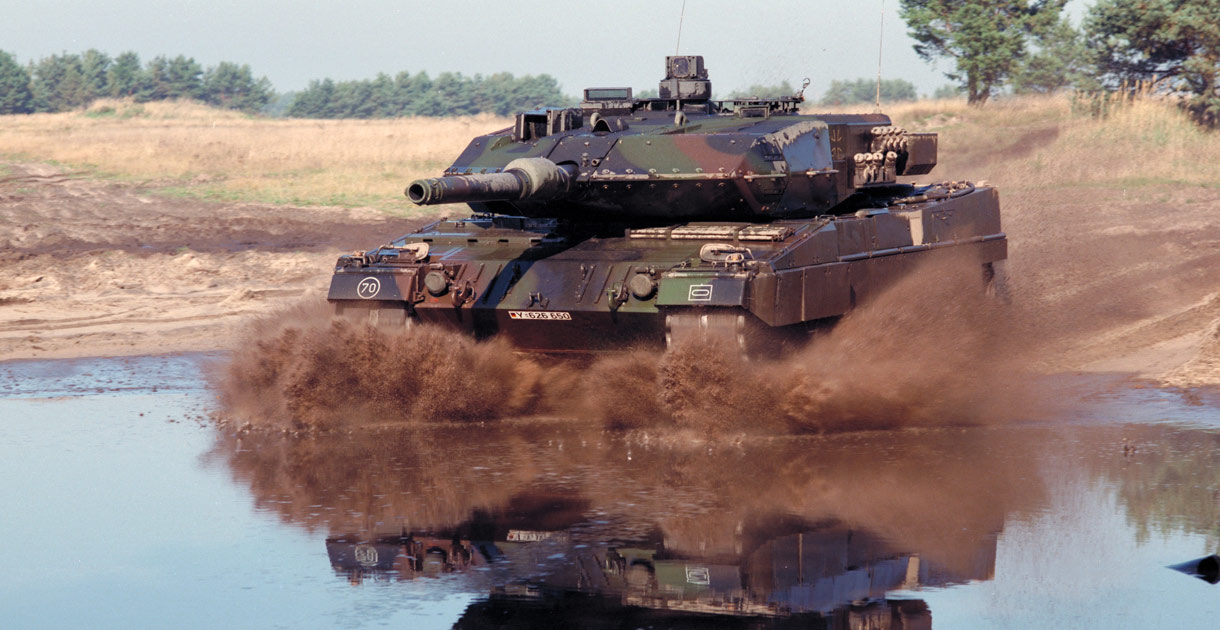German Leopard tanks have already begun to operate in the Kherson region, and one of them has already been ‘sunk’ by a Russian sabotage unit, the commander of one of its units told RIA Novosti.
Here, the shelling of checkpoints by German-origin Leopard tanks was repeatedly recorded. The Russian sabotage detachment captured a Leopard tank. They could not drag it to the rear, so they drowned it in a swamp. The Leopards are here, they are already fighting,” the officer said.
He added that Russian fighters recorded the use of German anti-aircraft missile systems from the Ukrainian side. Presumably, they were controlled by German mercenaries.
EurAsian Times cannot independently verify the assertions of the officer who claimed to have ‘sunk’ the German-origin tank.
Meanwhile, videos on social media show several Ukrainian tanks and armor getting bogged down in the seasonal wet ground, with some of them being hit, indicating Russia might exploit the geography to destroy more of them.
This also appears to repeat the famous World War 2 episode in the summer of 1941. Nazi Germany’s Operation Barbarossa in June, after piercing 500 miles deep into Russia and being within 200 miles of Moscow, had to suddenly contend with the freezing winter that incapacitated troops and machinery.
Along with a trail of broken down tanks and heavy vehicles that could not traverse the crude roads in the infamous muddy season of ‘rasputista’ owing to the rain and melting snow in October, the Red Army nearly pushed out Wehrmacht. It was later revealed that the Soviet Union used the time to prepare industrially and train better.
https://t.me/rian_ru/199807
The same “rasputitsa,” also known in Ukraine by the same name, renders fields and unpaved roads impassable for around a month in the fall and spring. Tanks, troop carriers, and artillery pieces all become mired down in the soggy earth.

Thus Russia seems to have repeated a trick from history in the current war in Ukraine, which is reaching its most decisive phase.
Videos Show Heavy Steel Sinking In Wet Earth
A series of videos on various social media forums, uploaded between April 7 to 10, shows Ukrainian armor either stuck in the slushy ground or destroyed – or both – in areas claimed to be near Bakhmut and Donbas.
One video shows a view from atop the turret of a BMP Infantry Fighting Vehicle (IFV), possibly Ukrainian, traveling on a wet road with three Turkish-made Kipri Mine-Resistant Ambush Protected Vehicles (MRAP) abandoned on the road.
The location claimed to be near Bakhmut, according to several independent posts on Telegram groups, showed the vehicles to be lightly damaged. This implies their abandonment was not owing to destruction but purely mobility issues on terrain.
Another video from April 8 in Bakhmut showed several destroyed armor, including a BTR-4, possibly a T-72 tank, three Humvees, and an M113 troop carrier. One video also showed a BTR and BMP trying to tow each other and an MRAP, with the wheels of the BTR getting stuck in the deep slush.
Two other videos showed a Turkish Kirpi armored vehicle being dragged away by Ukrainian tanks in what is being called Bakhmut’s “road of death,” which is constantly under fire from Russian troops.
Another video showed a Ukrainian tank stuck and abandoned in the mud, getting hit by what is presumed to be an artillery round. The location of this video is unknown, but based on the various Ukrainian and Russian social media pages it has been seen on, it can be concluded it is near Donetsk.
One video showed a Ukrainian MT-LB towing a US-supplied M777 lightweight howitzer through the mud.
Had Russia Forseen This?
In Donbas, this mud is called “mulyaka.” “It is a real nightmare when it sticks to vehicles and becomes dry hard as stone. If you don’t wash it off on time, it will disbalance the wheels and the structure (of the truck and tanks),” said one comment on a Facebook group that discusses the war from the Russian perspective.
Based on the nature of posts on such social media, many by anonymous unidentified Russian army soldiers, it can be assumed that Russia anticipated the situation and the overall ineffectiveness of Western tanks being able to turn around the battlefield situation.
The reaction from the Russian side following the announcement of the Western tanks being announced for Ukraine also did not show panic. It steadily introduced platforms like the T-90M Provy main battle tank, the Ka-52M, and the Marker Unmanned Ground Vehicle (UGV).

It also transferred its Chief of General Staff (CGS), General Valery Gerasimov, from his position to command the Ukraine war, given his career in the armored corps.
Therefore, it can be assumed that what Russia would consider an escalation and possibly a clear military threat is Western jets like the F-16. Periodic reports of Ukrainian pilots being trained on the jets and demands by its military leadership have still not elicited an affirmative response from the United States (US) or any of the NATO countries.
Moreover, Russia’s armored position on the battlefield appears to be bolstered by a Cold War-era T-62 tank, whose modernized ‘M’ variant can pose a significant threat to Germany’s Leopard 1 and 2 tanks.

Director of the Museum of Air and Defense Forces, Yuri Knutov, was quoted in Izvestia saying that the T-62M’s modern day and night vision and communication system can make it capable of challenging Germany’s Leopard tank.
“(It) received an optical and communications filling close to that of the T-72. The latest dynamic protection kits can also be installed on these tanks. This allows you to protect the tank at about the same level as the T-90 is protected. Thus, the tank turns into a fairly serious weapon,” he said.
- The author can be reached at satamp@gmail.com
- Follow EurAsian Times on Google News




